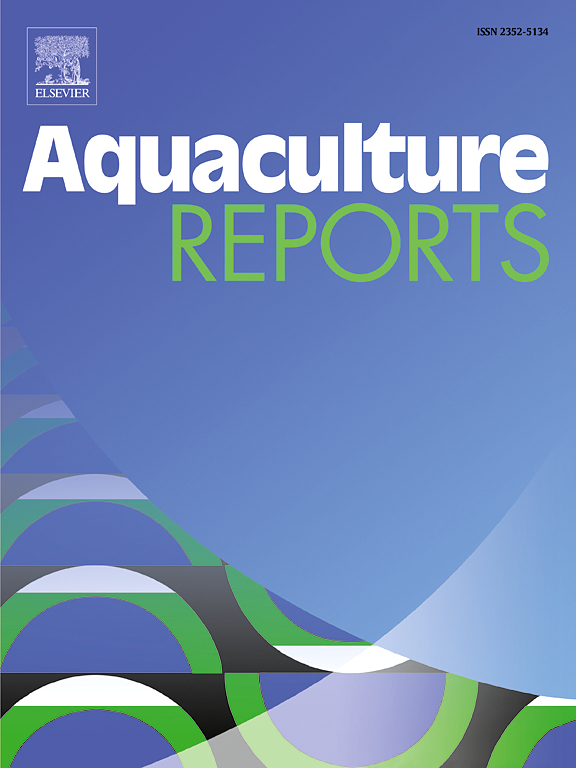A novel strategy to optimize resources to boost production in rice-fish coculture at Ziro Valley, India
IF 3.2
2区 农林科学
Q1 FISHERIES
引用次数: 0
Abstract
The Apatani community in Arunachal Pradesh, India has long practiced rice-fish coculture, integrating rice cultivation with fish farming to enhance food security and promote environmental sustainability. This traditional method utilizes the region’s wet rice terraces, allowing for the simultaneous production of rice and fish, contributing to efficient land and water resource utilization. Despite the organic nature of this practice, challenges such as suboptimal input distribution, inappropriate combinations of rice and fish species, and limited access to training have hindered productivity. The overall average yields of 1389 kg/ha for rice and 209 kg/ha for fish, indicating room for improvement. This study focused on optimizing resource utilization and fund allocation among Apatani farmers in Ziro Valley to address these issues. Data were collected from a random sample of 200 farmers across the valley. Using Cobb-Douglas production functions, researchers estimated rice and fish yields through regression models. Subsequently, a non-linear constrained optimization problem based on the Nash-bargaining framework was solved to assess the effects of optimization on fund allocation for various inputs. The findings revealed that rice and fish yields could potentially exceed 2000 kg/ha and 300 kg/ha, respectively, with proper resource management. Critical factors identified for enhancing productivity included using mixed manure and stocking fingerlings. Moreover, improving farmers’ technical knowledge and skills through institutional support and policy interventions was deemed vital for establishing rice-fish coculture as a sustainable livelihood in Ziro Valley. In conclusion, while the Apatani community’s traditional rice-fish coculture system offers a foundation for sustainable agriculture, targeted optimization of resource utilization, combined with enhanced training and institutional support, is essential to realize its full potential in improving productivity and ensuring long-term sustainability.
求助全文
约1分钟内获得全文
求助全文
来源期刊

Aquaculture Reports
Agricultural and Biological Sciences-Animal Science and Zoology
CiteScore
5.90
自引率
8.10%
发文量
469
审稿时长
77 days
期刊介绍:
Aquaculture Reports will publish original research papers and reviews documenting outstanding science with a regional context and focus, answering the need for high quality information on novel species, systems and regions in emerging areas of aquaculture research and development, such as integrated multi-trophic aquaculture, urban aquaculture, ornamental, unfed aquaculture, offshore aquaculture and others. Papers having industry research as priority and encompassing product development research or current industry practice are encouraged.
 求助内容:
求助内容: 应助结果提醒方式:
应助结果提醒方式:


